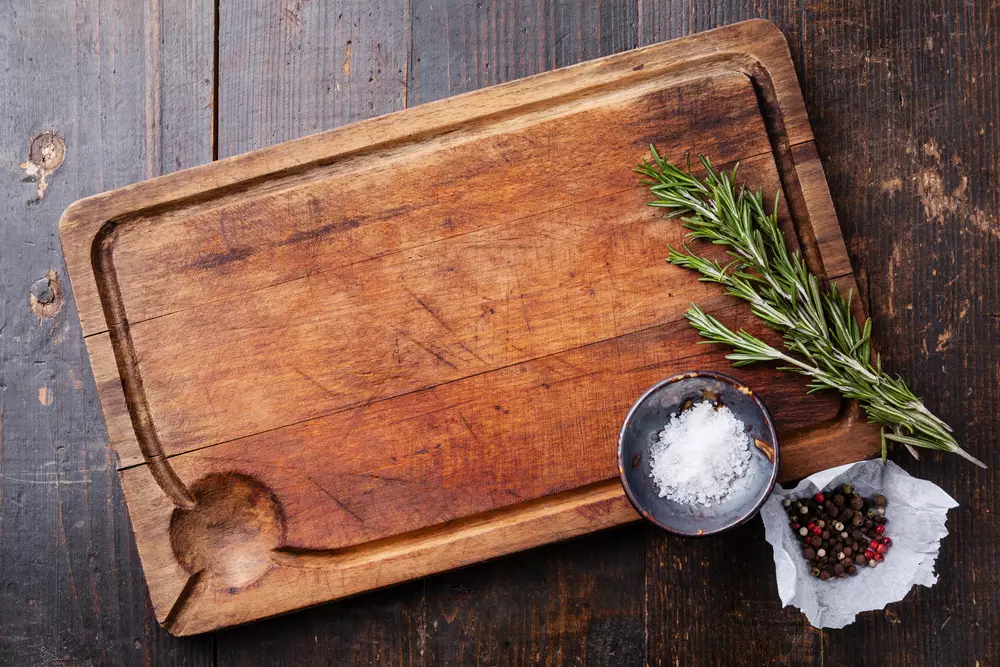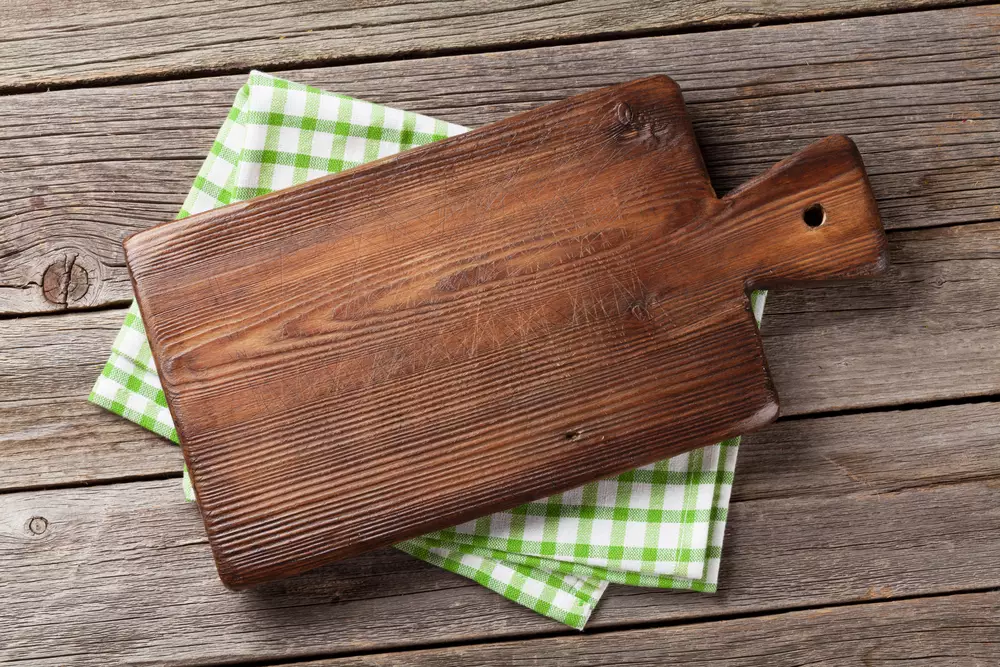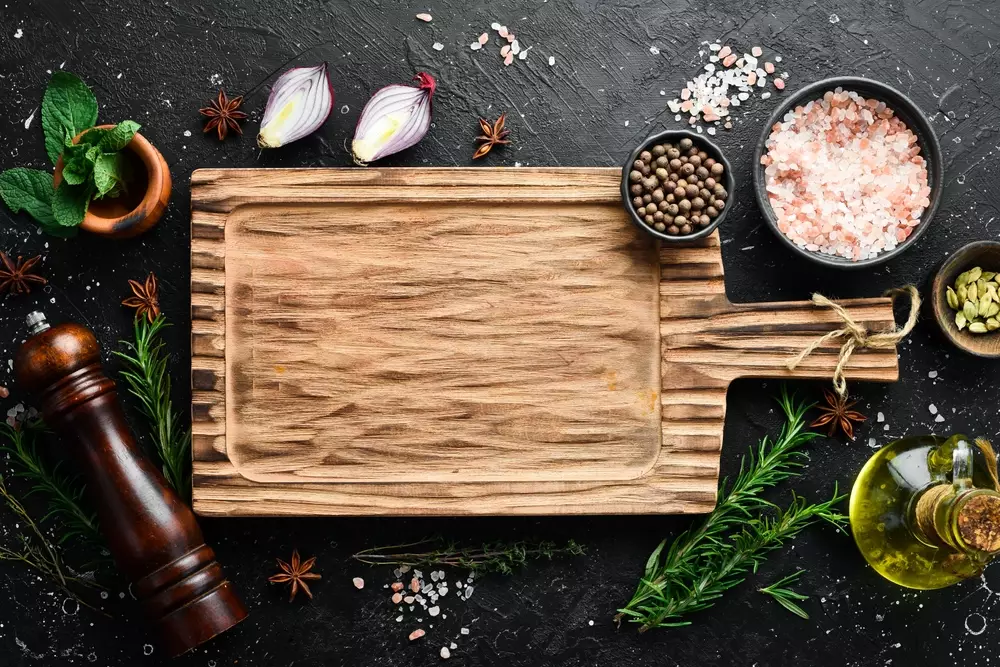When it comes to cooking and food preparation, having the right tools can make all the difference. One essential tool found in every kitchen is the cutting board. Which cutting board is best? With a wide range of options available, choosing the best cutting board can be a daunting task. Factors such as material, durability, maintenance, and safety all play a role in determining the ideal cutting board for your needs.
In this article, we will explore the different types of cutting boards and help you make an informed decision on which one is best suited for your culinary endeavors.
Types of Cutting Boards
- Wood Cutting Boards: Wood cutting boards are a popular choice among home cooks and professional chefs alike. They are known for their durability, natural beauty, and knife-friendly surface. Common wood types used for cutting boards include maple, walnut, cherry, and bamboo. Wood cutting boards require regular maintenance, such as oiling, to prevent drying and cracking. They are not suitable for dishwasher use and should be hand washed.
- Plastic Cutting Boards: Plastic cutting boards are lightweight, affordable, and easy to clean. They are available in various colors and sizes, making them a versatile option for different food preparation tasks. Plastic boards are generally dishwasher safe, making them convenient for busy kitchens. However, they may develop deep grooves over time, which can harbor bacteria if not properly cleaned and sanitized.
- Bamboo Cutting Boards: The popularity of bamboo cutting boards has burgeoned on account of their environmentally conscious attributes. Bamboo, a sustainable and renewable resource, renders the utilization of bamboo cutting boards an eco-friendly choice. Besides, these cutting boards evince traits such as durability, knife-friendliness, and natural antimicrobial properties.
- Glass Cutting Boards: Glass cutting boards present a sanitary and impermeable surface that facilitates effortless cleaning. They exhibit exceptional resistance against stains and odors, while demonstrating remarkable heat tolerance. The versatility of glass boards extends beyond their cutting functionality, as they can double as elegant serving platters or reliable trivets.
- Marble Cutting Boards: Exquisite in their aesthetic appeal and renowned for their exceptional cooling attributes, marble cutting boards stand out. These boards prove particularly advantageous when handling dough or pastry, as their cool surface actively combats the issue of adherence. While durability and ease of cleaning are inherent qualities of marble boards, it is worth noting that their weightiness can be a potential drawback, and prolonged use might gradually diminish the sharpness of knives.
Each type of cutting board has its own advantages and considerations, so it’s important to assess your needs and preferences when selecting the best one for your kitchen.

Pros and Cons of Different Cutting Board Materials
Different cutting board materials have their own advantages and disadvantages. Here are the pros and cons of commonly used cutting board materials:
Wood cutting board
Pros:
- Durable and long-lasting.
- Gentle on knife edges, preserving sharpness.
- Natural antimicrobial properties.
- Attractive and adds aesthetic appeal to the kitchen.
- Less prone to harboring bacteria if properly maintained.
Cons:
- Requires regular maintenance, such as oiling, to prevent drying and cracking.
- Not dishwasher safe; should be hand washed.
- Can absorb moisture and odors if not properly cared for.
- More expensive compared to some other materials.
Plastic cutting board
Pros:
- Lightweight and easy to handle.
- Affordable and readily available.
- Dishwasher safe and easy to clean.
- Can come in various colors for food safety practices (e.g., color-coding for different types of foods).
- Less maintenance is required to be compared to wood-cutting boards.
Cons:
- Prone to developing deep grooves that can harbor bacteria if not properly cleaned.
- Can become easily scored, making it harder to clean effectively.
- May not be as durable as other materials and can warp or develop knife marks over time.
Bamboo cutting board
Pros:
- Sustainable and environmentally friendly material.
- Durable and resistant to knife marks.
- Natural antimicrobial properties.
- Lighter weight compared to hardwood cutting boards.
- Requires less maintenance than wood boards.
Cons:
- Requires regular oiling to prevent drying and cracking.
- Not dishwasher safe; should be hand washed.
- Can become damaged if exposed to excessive moisture.
- Quality can vary depending on the manufacturing process.
Glass cutting board
Pros:
- The sterile andnon-porous outside is easy to clean.
- Resistant to stains, odors, and humidity immersion.
- Can be used as a serving server or trivet.
- Heat-resistant and can oppose high temperatures.
Cons:
- The extremely hard surface that can quickly dull knife edges.
- Slippery surface, posing a safety risk during cutting.
- May be heavier than other materials.
- Lacks the aesthetic appeal of natural materials.
Marble cutting board
Pros:
- Elegant appearance and excellent cooling properties.
- Ideal for working with dough or pastry due to its cool surface.
- Easy to clean and resistant to stains.
- Durable and long-lasting.
Cons:
- Heavy and may be difficult to maneuver.
- Not knife-friendly; can quickly dull knife edges.
- Requires special care to avoid staining and damage.
- More expensive compared to other materials.
Consider these pros and cons when selecting a cutting board material to find the best fit for your needs, preferences, and budget.
Choosing the Right Cutting Board for Your Needs
When choosing a cutting board, several factors should be considered to ensure you make the right decision. These factors include:
- Material: Consider the pros and cons of different cutting board materials, such as wood, plastic, bamboo, glass, or marble. Each material has unique characteristics that affect durability, knife-friendliness, maintenance requirements, and hygiene.
- Durability: Assess the lifespan and resilience of the cutting board. Look for a board that can withstand regular use without warping, cracking, or developing deep grooves that can harbor bacteria.
- Knife-Friendliness: Determine how the cutting board affects the sharpness and longevity of your knives. Some materials, like wood and bamboo, are gentle on knife edges, while harder surfaces like glass or stone can dull them quickly.
- Maintenance: Consider the upkeep required to keep the cutting board in optimal condition. Some materials need regular oiling, while others can be cleaned in a dishwasher. Evaluate the level of maintenance you are willing to undertake.
- Hygiene and Safety: Prioritize food safety by choosing a cutting board that is easy to clean, resistant to bacterial growth, and promotes proper sanitation. Look for non-porous surfaces and avoid materials with cracks or deep grooves that can trap food particles and bacteria.
- Size and Thickness: Determine the appropriate size and thickness of the cutting board based on your cooking needs and available kitchen space. A larger board provides more surface area for cutting, while a thinner board may be easier to store.
- Budget: Establish a budget range that suits your needs. Cutting boards vary in price, depending on the material and quality. Consider the long-term value and durability of the board when determining your budget.

Specialized Cutting Boards for Specific Foods
Specialized cutting boards designed for specific foods can enhance your culinary experience and optimize food preparation. Here are some examples of specialized cutting boards:
- Meat Cutting Board: A meat cutting board is generally made of durable accouterments like hardwood or plastic. It’s designed to handle raw flesh and flesh, with features similar to grooves or troughs to collect authorities and help cross-contamination.
- Vegetable Cutting Board: Vegetable cutting boards are typically made of materials like plastic or bamboo. They are designed to be gentle on knife edges while offering a hygienic and non-porous surface. These boards often have a smaller size, making them suitable for slicing and dicing various vegetables.
- Fish Cutting Board: Fish cutting boards are designed to handle fish and seafood. They are typically made of materials like plastic or wood and feature a non-porous surface that resists absorbing fish odors. These boards may have specific grooves or contours to secure the fish during filleting or deboning. They are also easy to clean to maintain freshness and prevent cross-contamination.
- Bread Cutting Board: The delicate treatment of baked goods such as bread, pastries, and cakes, bread cutting boards exhibit specialized design features. These boards are thoughtfully crafted with a crumb-catching groove encircling the edges, effectively reducing potential mess and ensuring tidiness. Wood or bamboo are commonly employed materials in the construction of bread cutting boards, offering a gentle surface that preserves the integrity of the bread without causing crushing or damage.
- Herb Cutting Board: Herb cutting boards typically boast a compact size and are crafted from materials such as bamboo or plastic. They are designed with a smooth surface and a groove to catch chopped herbs. These boards provide a convenient and dedicated space for finely chopping herbs and preventing cross-contamination with other ingredients.
Having specialized cutting boards for specific foods allows for better organization, prevents flavor transfer, and ensures optimal results in food preparation.
Top Recommendations for Cutting Board Brands
When it comes to cutting board brands, there are several reputable options known for their quality and durability. Here are some top recommendations:
- John Boos: John Boos is a well-established brand that has been manufacturing high-quality cutting boards for over a century. They are known for their solid wood cutting boards, particularly those made from maple and walnut. John Boos cutting boards are durable, knife-friendly, and crafted with attention to detail.
- Epicurean: Epicurean is a brand that specializes in eco-friendly cutting boards made from a composite material of wood fibers and resin. Their boards are known for their durability, knife-friendliness, and low maintenance. Epicurean cutting boards come in various sizes, colors, and styles to suit different needs.
- OXO Good Grips: OXO is a trusted brand that offers a wide range of kitchen products, including cutting boards. Their cutting boards are designed with practical features such as non-slip edges and grippy handles for stability during use. OXO Good Grips cutting boards are made of durable materials like plastic or bamboo and offer reliable performance.
- Totally Bamboo: Totally Bamboo specializes in bamboo cutting boards, providing an eco-friendly and sustainable option. Their cutting boards are known for their strength, natural antimicrobial properties, and attractive designs. Totally Bamboo offers a variety of sizes and styles to suit different kitchen needs.
- Catskill Craftsmen: Catskill Craftsmen is a brand that focuses on wooden cutting boards made from sustainable hardwoods. Their cutting boards are known for their craftsmanship, durability, and knife-friendly surfaces. Catskill Craftsmen offers a range of cutting board styles and sizes to accommodate various food preparation tasks.
- Architec Gripper: Architec Gripper cutting boards feature a unique non-slip design that keeps the board securely in place during use. These cutting boards are available in different materials, including plastic and bamboo, and come in various sizes and shapes. Architec Gripper boards are affordable, functional, and easy to clean.
FAQs about Cutting Boards
Q: What is the best material for a cutting board?
A: The best material for a cutting board depends on personal preferences and needs. Wood cutting boards, like those made from maple or walnut, are durable and gentle on knife edges. Plastic cutting boards are affordable, lightweight, and easy to clean. Bamboo offers sustainability and decent durability. Ultimately, choose a material that aligns with your usage, maintenance preferences, and knife-friendliness.
Q: How do I clean and sanitize a cutting board?
A: Cleaning and sanitizing a cutting board is essential for food safety. For plastic and bamboo boards, wash them with hot soapy water after each use, making sure to scrub any grooves or crevices. For wood boards, hand wash with warm water and mild soap, and periodically apply food-safe mineral oil to prevent drying. To sanitize, use a solution of 1 tablespoon of chlorine bleach mixed with 1 gallon of water, and rinse thoroughly.
Q: Can I put a cutting board in the dishwasher?
A: Plastic cutting boards are generally safe to put in the dishwasher, but always check the manufacturer’s instructions. Wood and bamboo cutting boards should be hand washed, as dishwashers can cause warping, splitting, or drying out.
Q: Are cutting boards with juice grooves necessary?
A: Cutting boards with juice grooves or troughs can be beneficial for containing liquid runoff from foods like meats or juicy fruits. They help prevent cross-contamination and make it easier to clean up.
Q: Can I use a cutting board as a serving platter?
A: Yes, many cutting boards can double as serving platters for cheese, fruits, bread, or charcuterie. However, it is important to ensure the board is thoroughly cleaned and sanitized before using it to serve food, especially if it was previously used for raw meats or other potentially contaminating ingredients.
